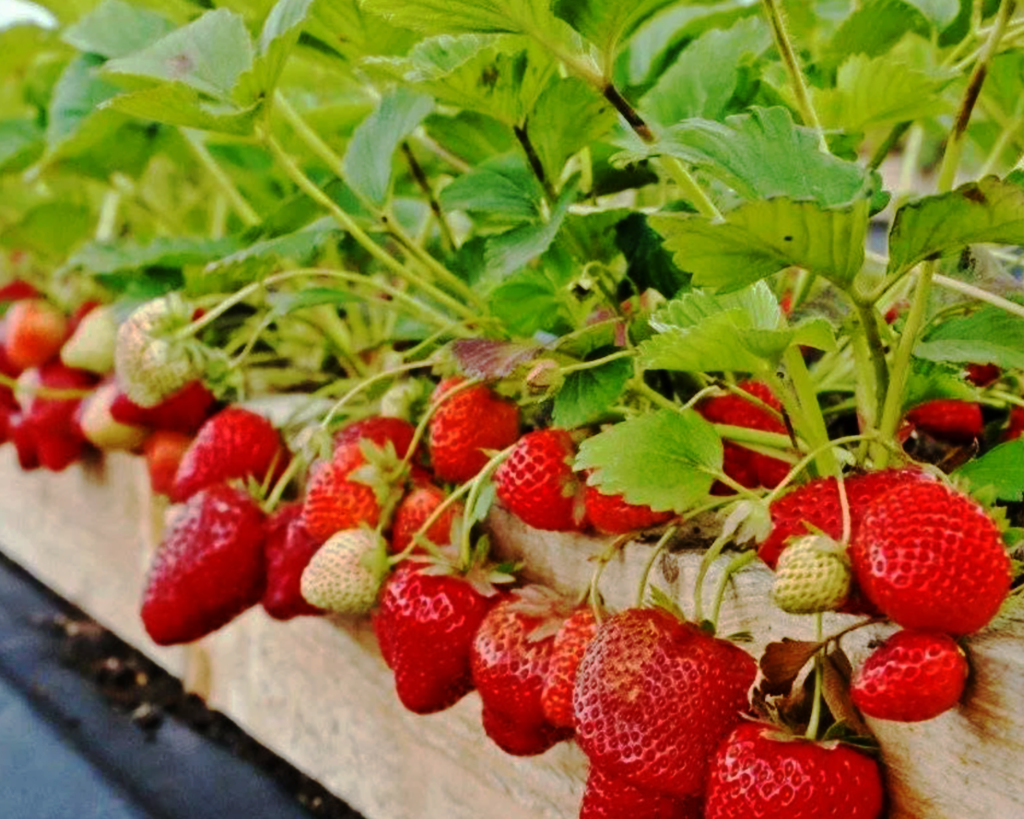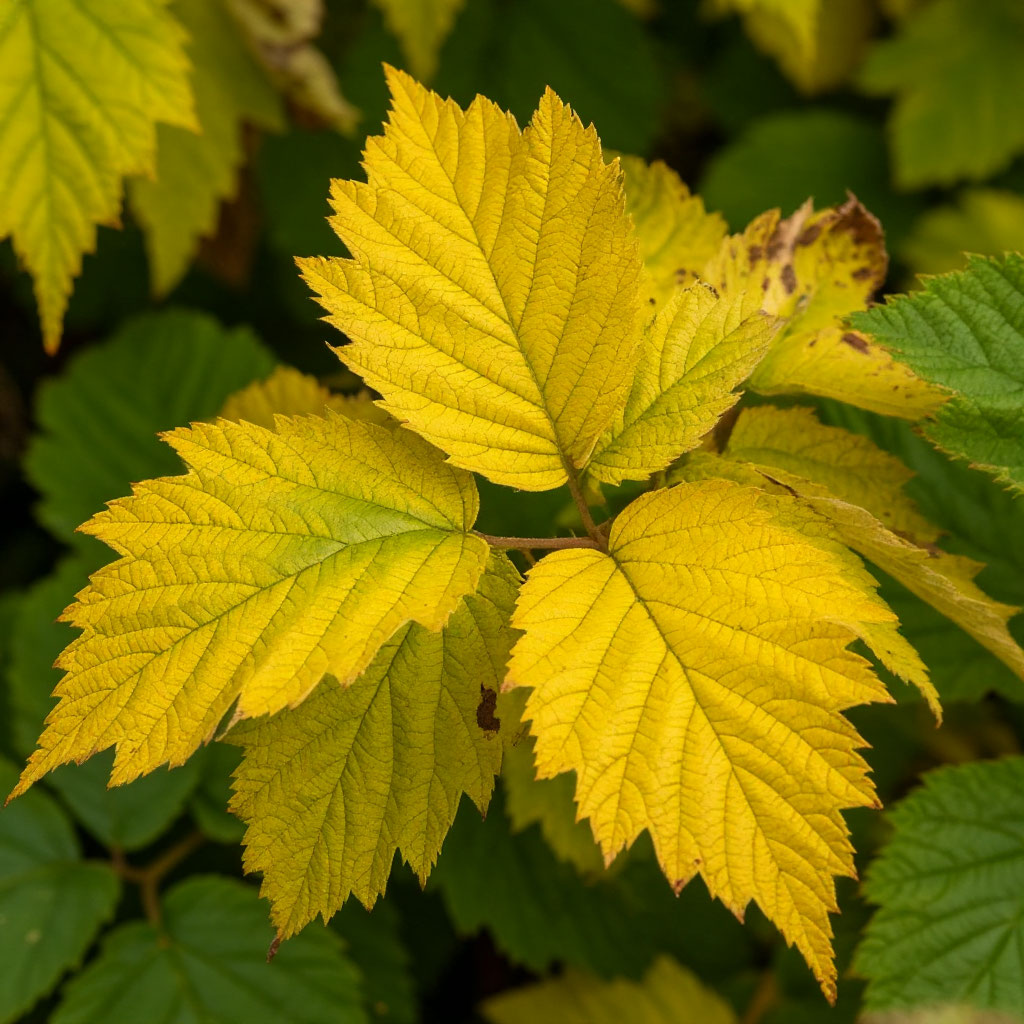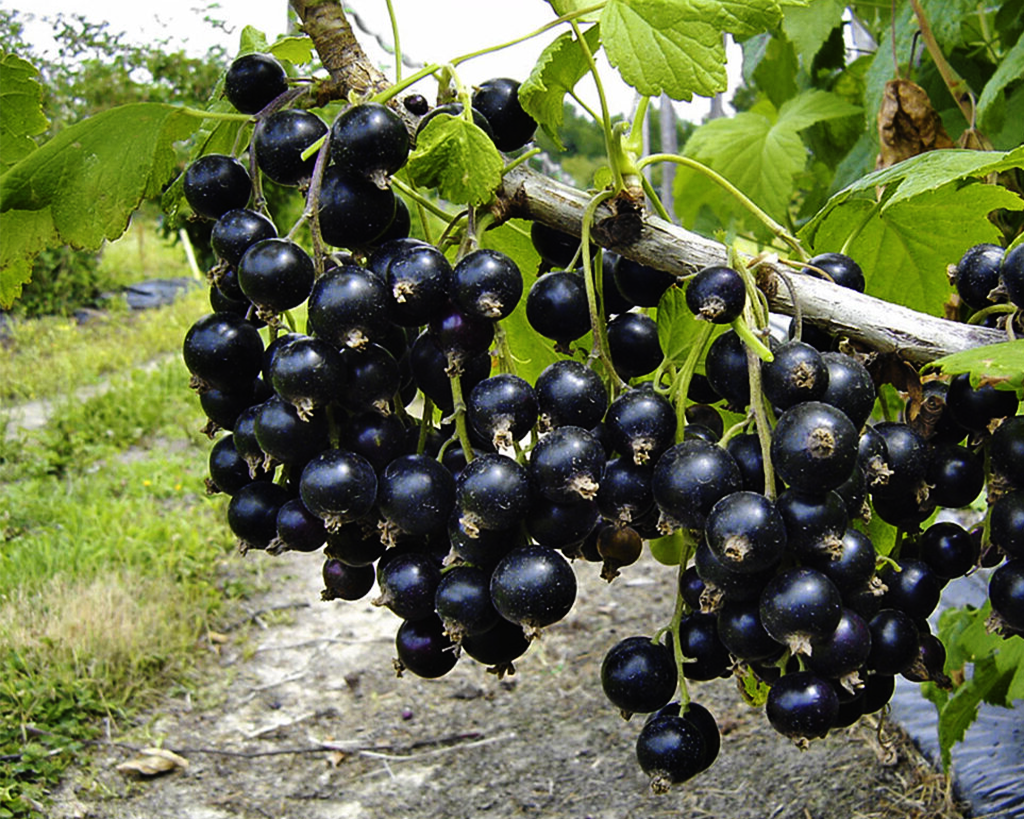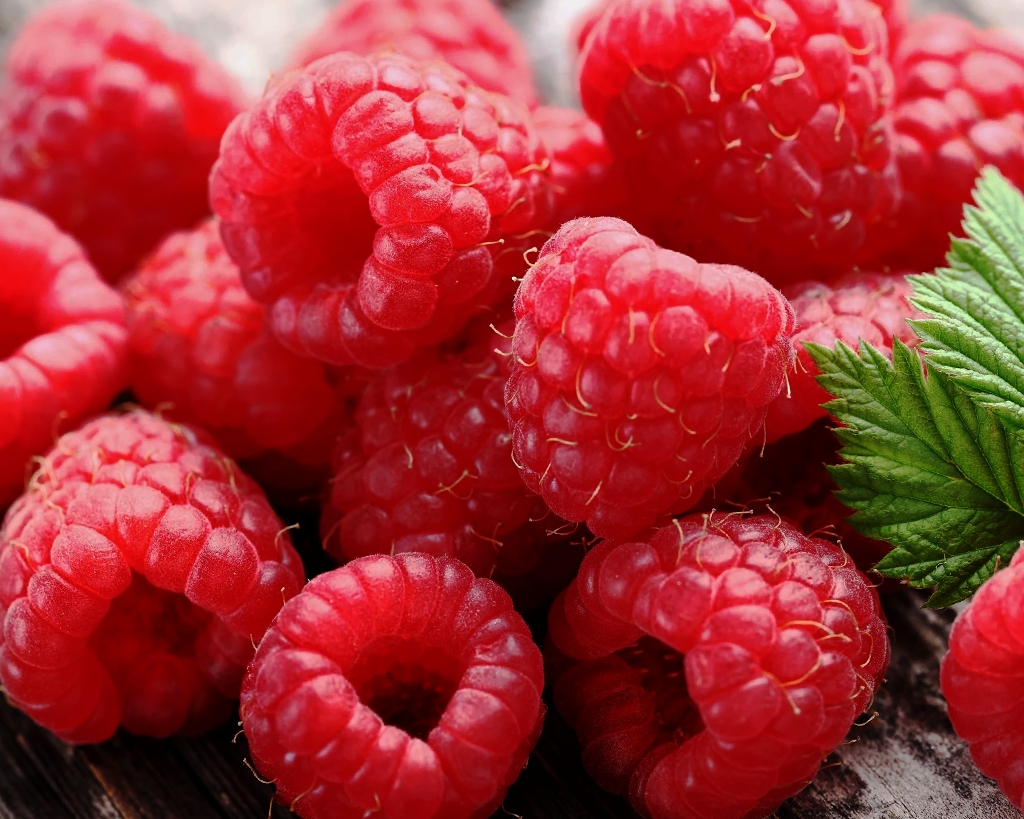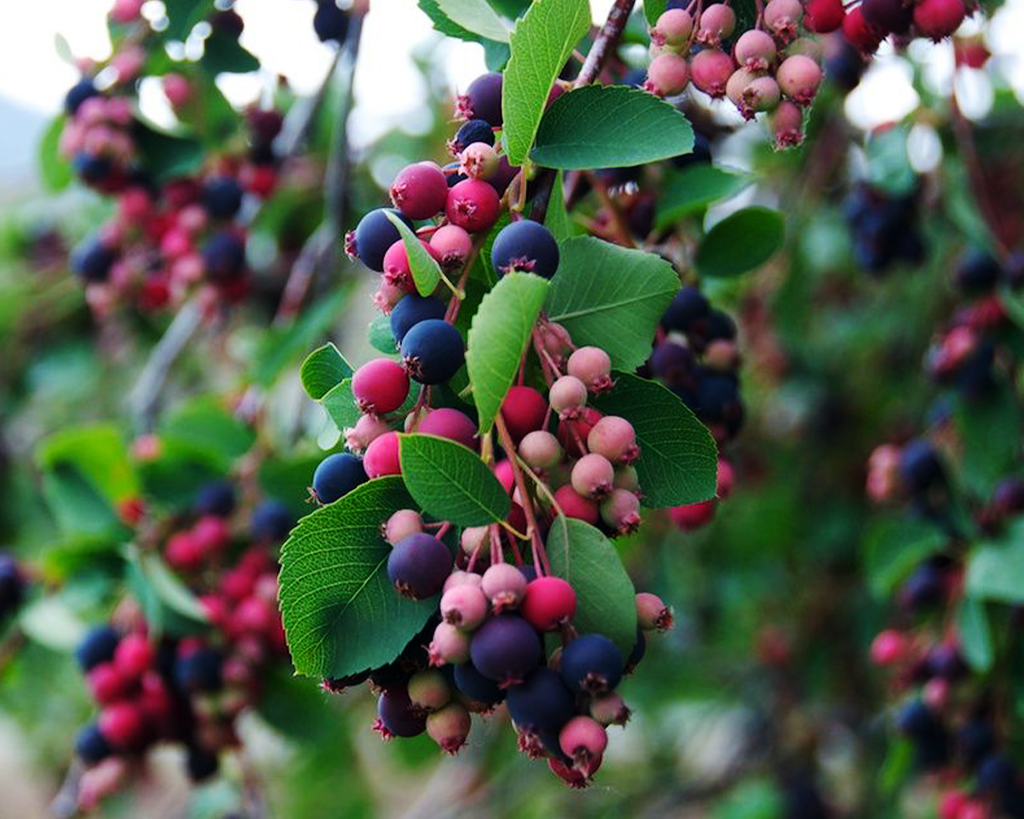Strawberries are the real queen of the garden! Sweet, fragrant berries want to eat right from the garden. But in order for the harvest to really please, it is important to know the subtleties of strawberry planting, choose the right planting time and master the basic rules of strawberry care. Even for beginners, growing this berry will not be difficult, if you take into account the nuances of watering, fertilizing and reproduction. By following these simple tips, you can enjoy juicy berries every season!

Why grow strawberries at all?
First of all, it’s just delicious! When berries plucked from the garden bed fall directly into your mouth, you can feel the real taste of summer, which cannot be compared with the fruits sold in stores. Each piece fills you with a pleasant aroma and bright flavor.
Secondly, this berry is one hundred percent useful! It contains a lot of vitamins (C, A, group B), minerals (potassium, magnesium, iron), and antioxidants. All these substances support your health: they strengthen the immune system, aid digestion, and can even contribute to weight loss. So if you regularly eat these juicy fruits, you can really feel improvements in your well-being.
And the plant is just a beauty for the garden. Bright red berries among green leaves look like a picture from a magazine. Such beds immediately attract attention, the garden becomes brighter, and the mood improves.
Growing strawberries is not so difficult. With proper strawberry care, this activity will not take much time, but it will bring a lot of joy, especially when you collect the first crop. Nothing beats being proud of the work you put in.
Choosing a strawberry variety
Before strawberry planting, you need to decide on the variety. They vary in berry size, taste, ripening time, and disease resistance:
- Early varieties (for example, “Alba”, “Honey”) ripen in May-June. They are ideal for those who want to get the harvest as early as possible.
- Medium-ripened varieties (for example, “Marshal”, “Festival”) ripen in June-July. They are distinguished by large berries and high yields.
- Late varieties (for example, “Malvina”, “Pegasus”) ripen in July-August. They are usually sweeter and suitable for long-term storage.
- Remontant varieties (for example, “Queen Elizabeth”, “Albion”) bear fruit several times a season, from spring to autumn. They are ideal for those who want to harvest all season.
When choosing a variety, you should also pay attention to disease resistance, pests, and the climatic conditions of your region.

Choosing a place in the garden for strawberries
Landing time
When is it better to plant – in spring or autumn? The choice depends on the gardener’s preferences, but there are several factors to consider. In spring, in April or May, the bushes have a chance to take root well before the heat. This gives plants time to settle in and strengthen, and by summer they will be ready for active growth.
But many experienced gardeners still prefer to plant in the fall, in August or September. Why? Because autumn gives the bushes the opportunity to root before the cold weather, and the next season can start with already healthy plants that will give the first harvest in just a year. In general, both spring and autumn are suitable times, but autumn offers certain advantages for those who want to see results faster.
Landing point
Now let’s talk about where and how to properly perform strawberry planting. This berry prefers a lot of sunlight. However, it can also grow in light partial shade, for example, under small trees or in places where the light does not fall directly on the bushes but also does not overshadow them. The main thing is that the site should be protected from strong winds, as gusts can damage tender leaves and flowers. Strong winds may even break stems, so this is an important point.
Soil for strawberries
As for the soil, these plants like loose, fertile land that drains well. Water should not stagnate in the roots, otherwise the plant simply will not survive. It is best to avoid areas with low ground water levels, such as lowlands or places where water can accumulate in spring. Too much moisture can cause root rot. Optimal conditions are slightly raised areas where the water quickly goes away, and the roots do not sit in the “swamp.”
They prefer neutral or slightly acidic soil. If the ground is too acidic, you can correct it by liming – adding lime to reduce acidity. This is not difficult to do, and such measures will help the plant develop better.
And one more thing: make sure that there are no large trees or shrubs nearby that will block the light. Although a bit of shade is fine, there still needs to be enough sunlight for active growth and fruiting. If bushes shade your beds, the yield will decrease.
So, if you take into account all these points — the time of planting, the right choice of location, suitable soil, and protection from the wind — you will get healthy growth and a rich harvest. And with proper strawberry care, it will delight you with berries for many years. After all, the more attention and care you give, the tastier and sweeter the fruits will be!
Planting strawberries
How to plant correctly? At first glance, it seems simple — you dig a hole, plant a bush, and wait for the harvest. But in fact, for good rooting and delicious berries in the future, you need to consider several important points.
The first thing to start with is preparing the soil. A couple of weeks before planting, you need to dig up the site, remove all weeds, and cultivate the land well. An excellent option is to apply organic fertilizers, such as compost or rotted manure. These fertilizers will enrich the soil with nutrients, and the plants will grow healthy. If your soil has high acidity, do not forget to add lime or wood ash to neutralize it.
The next step is preparing the seedlings. Choose only healthy seedlings with developed roots. This is important because weak and damaged plants will take root worse. Before planting seedlings in the ground, cut off any damaged or too long roots. After that, put the seedlings in water for several hours. This will help the roots gain moisture and take root better.
When everything is ready, you can proceed to strawberry planting. Dig holes about 20-30 cm deep and wide. At the bottom of each well, you can put a mixture of earth, humus, and a little superphosphate. This will help plants settle down faster, and the roots will start developing. Next, carefully place the seedling in the hole so that its roots spread out, and the growth point (or “heart”) is at the level of the soil, not too deep but not too high. After that, fill up the ground, slightly tamp it, and, of course, water it well.
Do not forget about the distance between the bushes. They require enough space to grow, and if you plant them too thickly, the plants will interfere with each other. The optimal distance between bushes is 30-40 cm, and between rows about 50-60 cm. This gives enough light, air, and space to grow.
After planting, do not forget about proper strawberry care: water regularly, especially during dry periods, and do not skip organic top dressing so that the plants receive all necessary nutrients. And if everything is done correctly, the harvest will not take long and will delight you the next season.
So planting is a simple process if you follow a few basic rules. And the result will not be long in coming: healthy bushes, delicious berries, and a lot of joy from the fact that everything is made with your own hands!

Strawberry care: basic rules
Now that planting is done, it is important to provide proper care.
Watering system
The plant likes moisture but does not tolerate waterlogging. Water regularly, especially during dry periods. One bush requires about 0.5-1 liter of water. It is better to water less often but abundantly, so that the water penetrates deep into the soil.
Top dressing
They need regular feeding. In spring, before the growing season begins, apply nitrogen fertilizers (for example, urea). In summer, during flowering and fruiting, use complex fertilizers with potassium and phosphorus. In the fall, after harvesting, add organic matter (compost, humus) and superphosphate.
Mulching
Mulching helps retain moisture in the soil, protects roots from overheating, and inhibits weed growth. Use straw, sawdust, compost, or a special film for this purpose. The mulch layer should be about 5-10 cm.
Cropping
Pruning is one of the most important steps in strawberry care. After harvesting, remove old, damaged, and diseased leaves. This helps prevent the spread of diseases and pests.
Protection from diseases and pests
Plants can suffer from diseases such as gray rot, powdery mildew, or leaf spot. For prevention, treat with Bordeaux liquid or special preparations. Among the most common pests are aphids, spider mites, and the strawberry weevil. To control them, use insecticides or folk remedies like garlic or tobacco infusion.
Strawberry propagation
The plant can be propagated in several ways: by whiskers, by dividing the bush, and by seeds.
Breeding with a mustache
This is the easiest and most popular method for beginners. After fruiting, whiskers appear, on which new rosettes form. Choose the strongest rosettes, dig them into the ground, and after rooting, separate them from the mother plant and transplant them to a new place.
Dividing a bush
This method is suitable for remontant varieties. Dig out an adult bush, divide it into several parts (each part must have roots and a growth point), and plant it in a new place.
Propagation by seed
This method is more time-consuming and is suitable for those who want to grow a new variety. Seeds are sown in containers with light soil, covered with a film, and placed in a warm place. After seedlings appear, the film is removed, and they are transplanted into the open ground.
Harvesting
The plant begins to bear fruit for 2-3 years after planting. Harvesting depends on the variety: early varieties ripen in May-June, late ones in July-August. Collect berries in dry weather, carefully plucking them from the bushes. If you want to save berries for the winter, you can freeze them or make jam.
Strawberry — tips for beginners
If you want to get large berries, do not forget about rationing. Remove excess ovaries so the remaining berries get more nutrients. To extend the fruiting period, plant several varieties with different maturation periods on the site.
Do not plant next to raspberries or potatoes — they have common diseases and pests. If you notice that the leaves have started to turn yellow or curl, this may be a sign of a lack of nutrients or pest infestation. Take action as soon as possible.
This plant, with proper strawberry care, will delight you with a plentiful harvest for many years. It does not require too much attention, but if you give it a little time and effort, it will thank you with delicious and healthy berries. Perform strawberry planting thoughtfully, take care of the bushes, and your garden will become both beautiful and useful! Good luck growing this wonderful berry!
